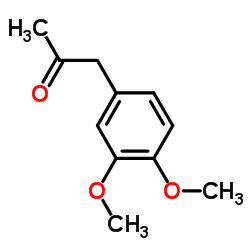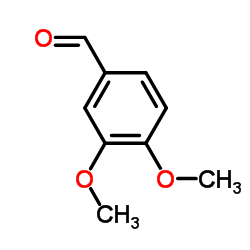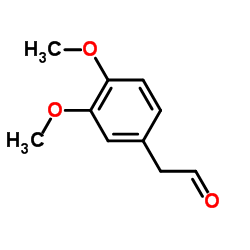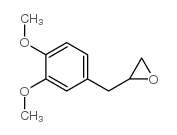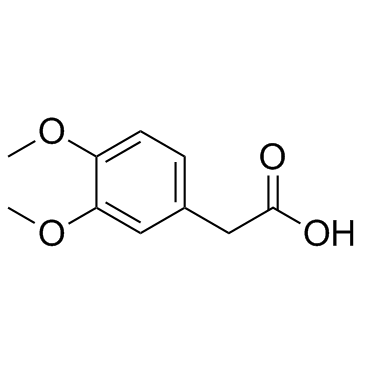93-15-2
| Name | O-methyleugenol |
|---|---|
| Synonyms |
EINECS 202-223-0
FEMA 2475 1U2R CO1 DO1 methyl eugenol 4-Allylveratrole 1,2-dimethoxy-4-(2-propen-1-yl)benzene 1,3,4-eugenol methyl ether O-Methyl eugenol LEVO-ROSE OXIDE Eugenol methyl ether 4-Allyl-1,2-dimethoxybenzene 3,4-dimethoxyallylbenzene 3-METHYLEUGENOL 1-allyl-3,4-dimethoxybenzene Allyl veratrole femanumber2475 O-Methyleugenol Eugenyl methyl ether 1,2-dimethoxy-4-(prop-2-en-1-yl)benzene Methyleugenol Benzene, 1,2-dimethoxy-4-(2-propen-1-yl)- MFCD00008652 1-(3,4-Dimethoxyphenyl)-2-propene 4-Allylveratrol |
| Description | Methyl Eugenol, a phenylpropanoid chemical in leaves, fruits, stems, and/or roots, may be released when that corresponding part of a plant is damaged as a result of feeding by an herbivore. Methyl Eugenol is used for male annihilation of the oriental fruit fly[1]. |
|---|---|
| Related Catalog | |
| References |
| Density | 1.0±0.1 g/cm3 |
|---|---|
| Boiling Point | 254.7±0.0 °C at 760 mmHg |
| Melting Point | −4 °C(lit.) |
| Molecular Formula | C11H14O2 |
| Molecular Weight | 178.228 |
| Flash Point | 87.1±22.7 °C |
| Exact Mass | 178.099380 |
| PSA | 18.46000 |
| LogP | 2.97 |
| Vapour Pressure | 0.0±0.5 mmHg at 25°C |
| Index of Refraction | 1.500 |
| Stability | Stable. Combustible. Incompatible with strong oxidizing agents. |
| Water Solubility | insoluble |
CHEMICAL IDENTIFICATION
HEALTH HAZARD DATAACUTE TOXICITY DATA
MUTATION DATA
|
| Symbol |



GHS07, GHS08, GHS09 |
|---|---|
| Signal Word | Warning |
| Hazard Statements | H302-H315-H319-H335-H351-H411 |
| Precautionary Statements | P280-P301 + P312 + P330-P305 + P351 + P338 |
| Personal Protective Equipment | Eyeshields;Faceshields;full-face respirator (US);Gloves;multi-purpose combination respirator cartridge (US);type ABEK (EN14387) respirator filter |
| Hazard Codes | Xn:Harmful |
| Risk Phrases | R22;R36/37/38;R40 |
| Safety Phrases | S26-S36/37/39 |
| RIDADR | NONH for all modes of transport |
| WGK Germany | 1 |
| RTECS | CY2450000 |
| HS Code | 29093090 |
| Precursor 10 | |
|---|---|
| DownStream 10 | |
| HS Code | 2909309090 |
|---|---|
| Summary | 2909309090 other aromatic ethers and their halogenated, sulphonated, nitrated or nitrosated derivatives VAT:17.0% Tax rebate rate:9.0% Supervision conditions:none MFN tariff:5.5% General tariff:30.0% |

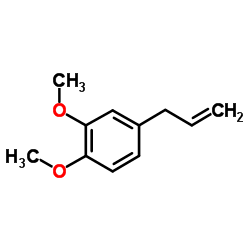
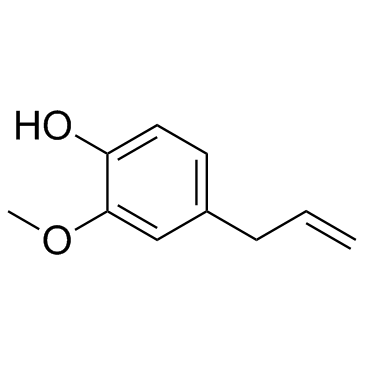

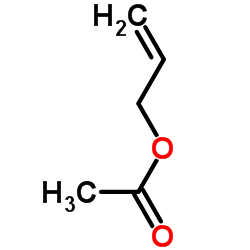
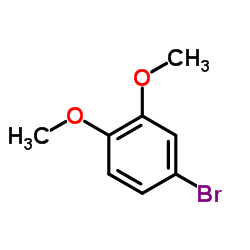
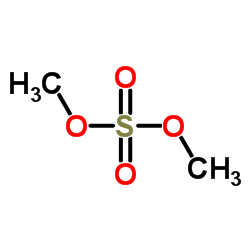
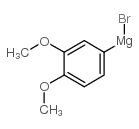
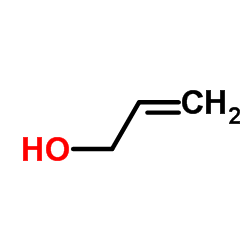
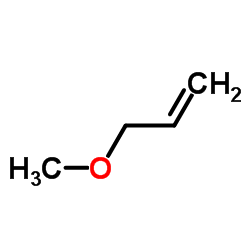


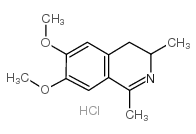
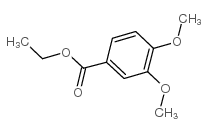

![2-Methoxy-5-[(E)-1-propenyl]phenol structure](https://www.chemsrc.com/caspic/206/19784-98-6.png)

